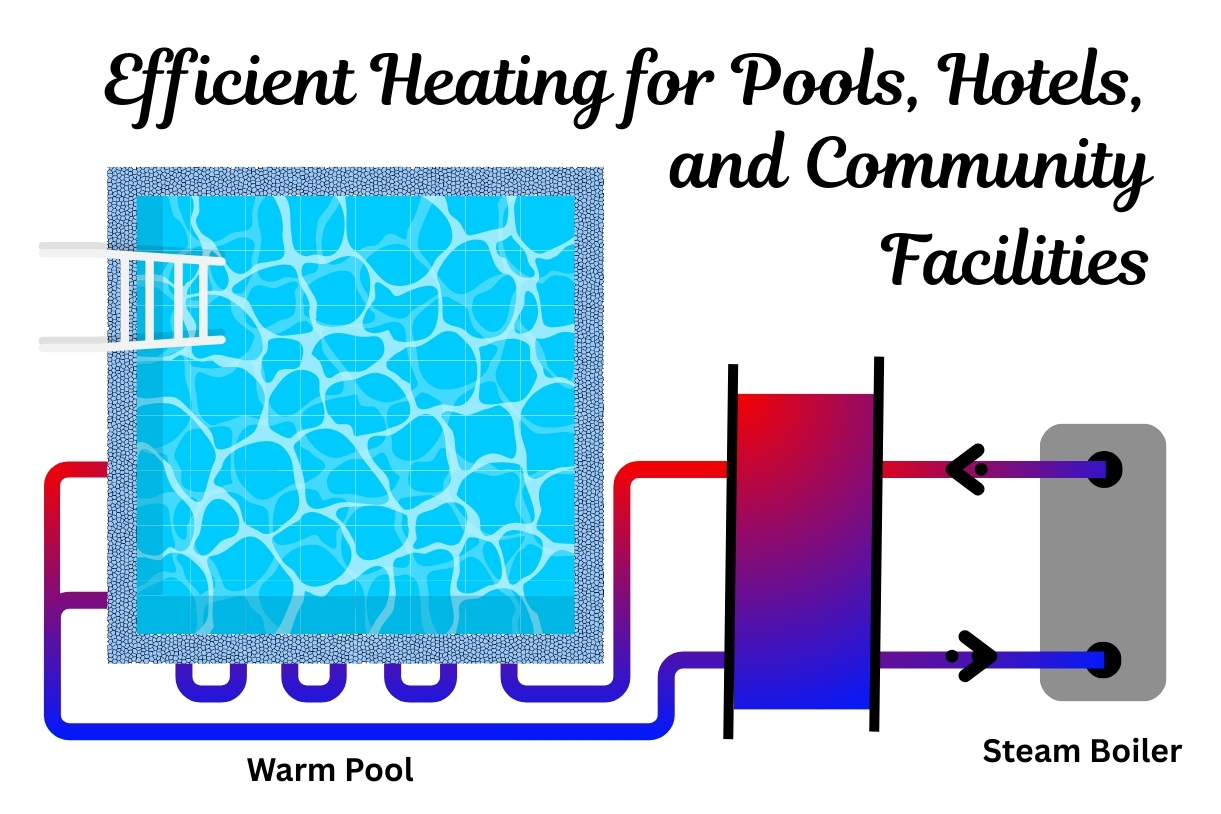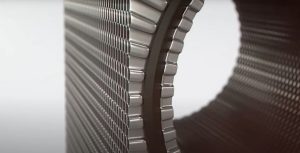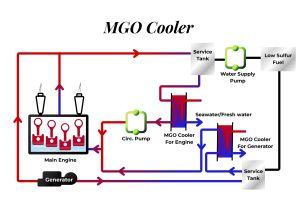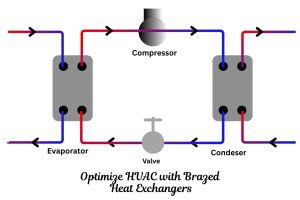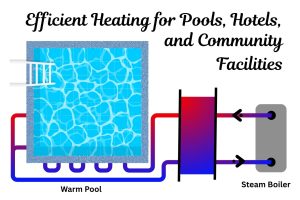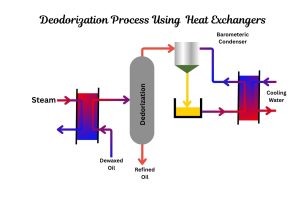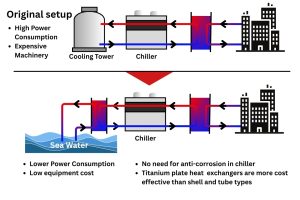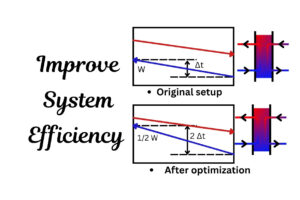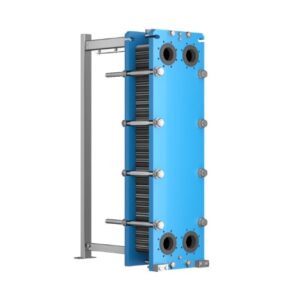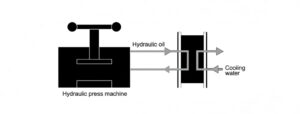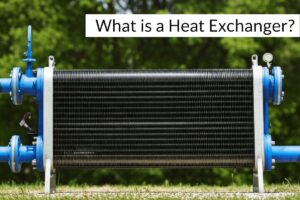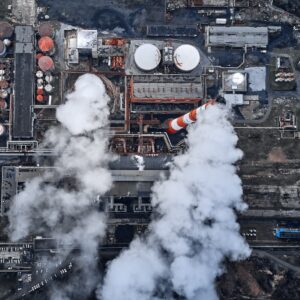How Do You Choose the Right Heat Exchanger for Your Swimming Pool?
Selecting the appropriate heat exchanger for swimming pool applications requires careful consideration of multiple technical factors, operational parameters, and environmental conditions. Whether you're working with a residential pool or a commercial aquatic facility, understanding the various types of heat exchangers and their specific applications is crucial for achieving optimal energy efficiency and longevity.
Working with reputable heat exchanger suppliers and established heat exchanger manufacturers ensures you receive equipment designed to meet the rigorous demands of pool heating systems. The market offers various solutions from industry leaders like SWEP heat exchangers, Mueller heat exchangers, and APV heat exchangers, each bringing specialized expertise to aquatic heating applications.
What Are the Main Types of Heat Exchangers Used in Pool Heating?
Pool heating systems typically employ several heat exchanger configurations, each with distinct advantages. The shell and tube heat exchanger (also known as shell & tube type heat exchanger) remains a traditional choice for larger installations. These robust units feature a bundle of tubes enclosed within a cylindrical shell, where pool water flows through the tubes while the heating medium circulates around them. The tubular heat exchanger design provides excellent thermal performance and durability in high-capacity applications.
For modern installations demanding higher efficiency and compact footprints, plate and shell heat exchangers offer an innovative alternative. These units combine the benefits of plate technology with the robustness of shell-and-tube construction, making them ideal for HVAC heat exchanger applications and energy efficient pool heaters.
Integration with Renewable Energy: Many facilities now incorporate solar pool heaters with advanced heat exchangers to create sustainable heating solutions. This combination significantly reduces operational costs while maintaining comfortable water temperatures throughout the swimming season.
Which Heating Source Works Best for Your Pool Application?
The selection of heating source directly influences heat exchanger specifications. Different heat sources operate at varying temperature ranges and require specific design considerations. The following table illustrates typical operating parameters for common pool heating configurations:
Pool Heating Options
| Heating Source | Capacity (kW) | Hot Side (°C) | Cold Side (°C) | Pressure Drop (kPa) |
|---|---|---|---|---|
| Boiler | 250 | 75 → 60 | 25 → 45 / 28 → 38 | 15–25 |
| Condensing Boiler | 150 | 60 → 40 | 25 → 35 | 15 |
| Solar | 250 | 50 → 35 | 25 → 30 | 20 |
Conventional boiler systems provide high-capacity heating with significant temperature differentials, making them suitable for rapid heat-up requirements. Condensing boilers offer improved efficiency at lower operating temperatures, while solar systems provide the most sustainable option with moderate temperature lifts. Understanding these parameters helps engineers properly size equipment and optimize system performance.
Calculate Your Heat Exchanger Requirements
How Does Water Chemistry Affect Material Selection?
Perhaps the most critical consideration in pool heat exchanger selection is material compatibility with water chemistry. Pool water contains varying levels of chlorine and dissolved minerals that can rapidly corrode inappropriate materials. The chloride content, particularly in saltwater pools or facilities using saline disinfection systems, demands careful material specification.
Critical Consideration: For pools with high chlorine content or those using seawater, titanium construction is strongly recommended. Titanium offers exceptional corrosion resistance and longevity in aggressive aquatic environments, despite higher initial investment costs.
What Materials Should You Specify Based on Water Quality?
The following comprehensive guide helps engineers select appropriate plate materials and gasket compounds based on chloride concentration and operating temperature ranges:
Material Selection – Water/Water Applications
| Chloride Content (ppm) | Max. Temp 60°C | Max. Temp 80°C | Max. Temp 100°C | Max. Temp 120°C | Recommended Plate Material | Recommended Gasket Material |
|---|---|---|---|---|---|---|
| 10 ppm | ✓ Suitable | ✓ Suitable | ✓ Suitable | ✓ Suitable | 304 / 316 | EPDM or Nitrile |
| 25 ppm | ✓ Suitable | ✓ Suitable | ✓ Suitable | ✓ Suitable | 304 / 316 | EPDM or Nitrile |
| 50 ppm | ✓ Suitable | ✓ Suitable | ✓ Suitable | ✓ Suitable | 316 | EPDM or Nitrile |
| 80 ppm | ✓ Suitable | ✓ Suitable | ✓ Suitable | ✓ Suitable | 316 | EPDM or Nitrile |
| 150 ppm | ✓ Suitable | ✓ Suitable | ✓ Suitable | ✓ Suitable | Titanium (Ti) | EPDM |
| 300 ppm | ✓ Suitable | ✓ Suitable | ✓ Suitable | ✓ Suitable | Titanium (Ti) | EPDM |
Standard stainless steel grades (304 and 316) perform adequately in freshwater pools with low chloride concentrations. However, as chloride levels increase beyond 50 ppm, grade 316 becomes essential. For saltwater pools or applications exceeding 150 ppm chloride content, titanium construction becomes the only viable long-term solution. EPDM gaskets offer superior chemical resistance compared to nitrile alternatives in harsh aquatic environments.
What Additional Factors Should Influence Your Selection?
Beyond material selection and heating source compatibility, several operational considerations impact heat exchanger performance. Pressure drop characteristics affect pump sizing and energy consumption. Flow rates must be carefully balanced to prevent fouling while maintaining efficient heat transfer. Space constraints often favor compact plate designs over traditional shell-and-tube configurations.
Maintenance accessibility is another crucial factor. Heat exchangers in pool applications require periodic inspection and cleaning due to potential scale formation and chemical buildup. Selecting designs with easy disassembly features reduces long-term maintenance costs and downtime.
Explore Heat Exchanger Solutions
How Can You Optimize System Integration?
Successful pool heating systems require proper integration of heat exchangers with existing infrastructure. Control strategies must account for variable demand patterns, seasonal temperature fluctuations, and occupancy schedules. Modern installations benefit from smart control systems that modulate heat exchanger operation based on real-time conditions, maximizing efficiency while maintaining comfort.
When designing new facilities or retrofitting existing systems, consulting with experienced heating and cooling application specialists ensures optimal equipment selection and configuration. Professional guidance helps navigate the complexities of thermal design, hydraulic balancing, and regulatory compliance. For detailed application engineering support and system design assistance, explore comprehensive heating and cooling solutions tailored to aquatic facilities.
Key Takeaway: Selecting the right heat exchanger for pool applications demands a holistic approach considering water chemistry, heating source characteristics, material compatibility, and operational requirements. Partnering with established manufacturers and leveraging engineering expertise ensures reliable, efficient performance throughout the system's lifecycle.
The investment in properly specified heat exchange equipment pays dividends through reduced energy consumption, extended equipment life, and consistent thermal comfort for pool users. As aquatic facilities continue evolving toward greater sustainability and efficiency, advanced heat exchanger technologies will play an increasingly vital role in achieving these objectives.
For additional technical information on heat transfer principles and equipment selection, visit the Heat Exchanger Wikipedia page.
